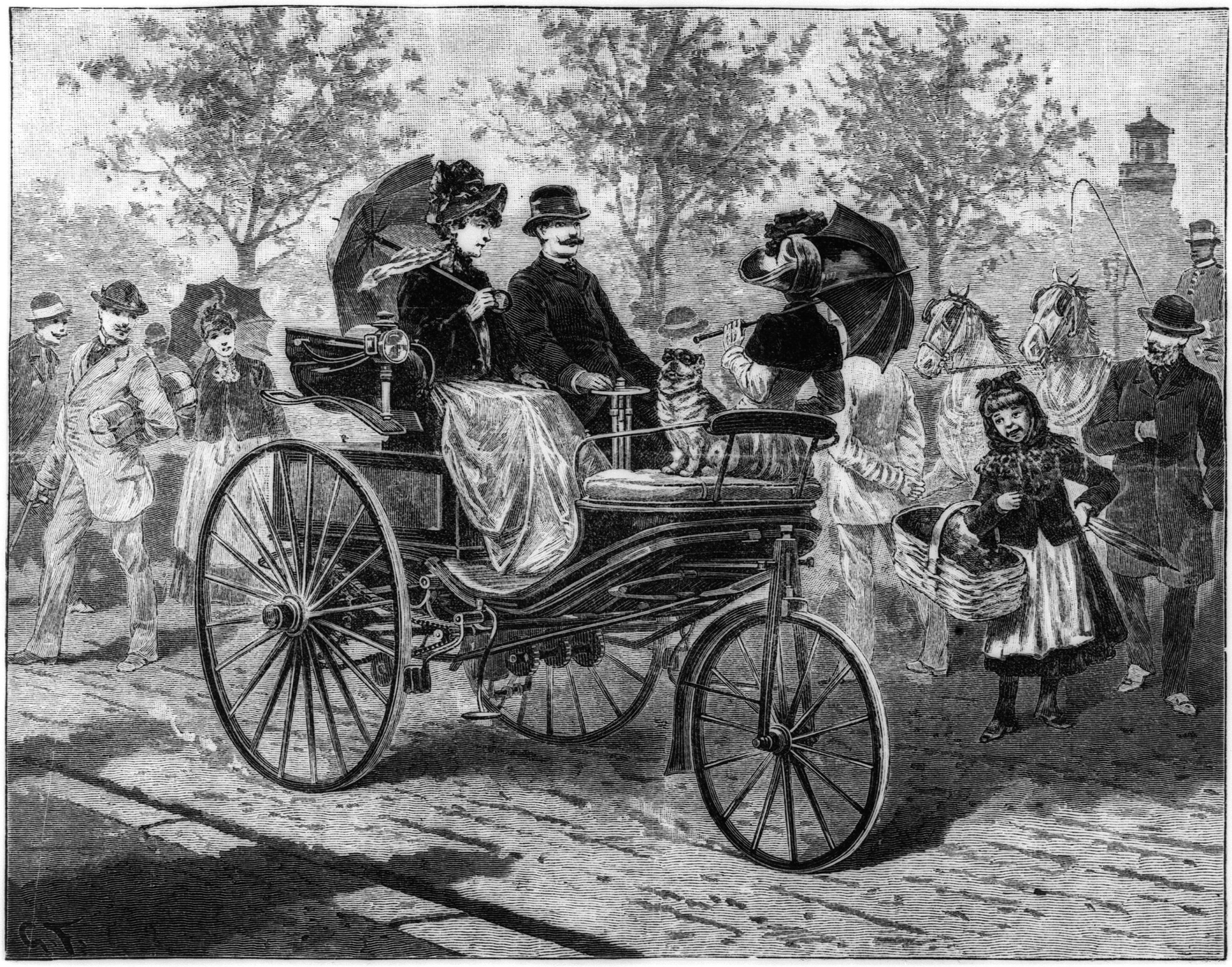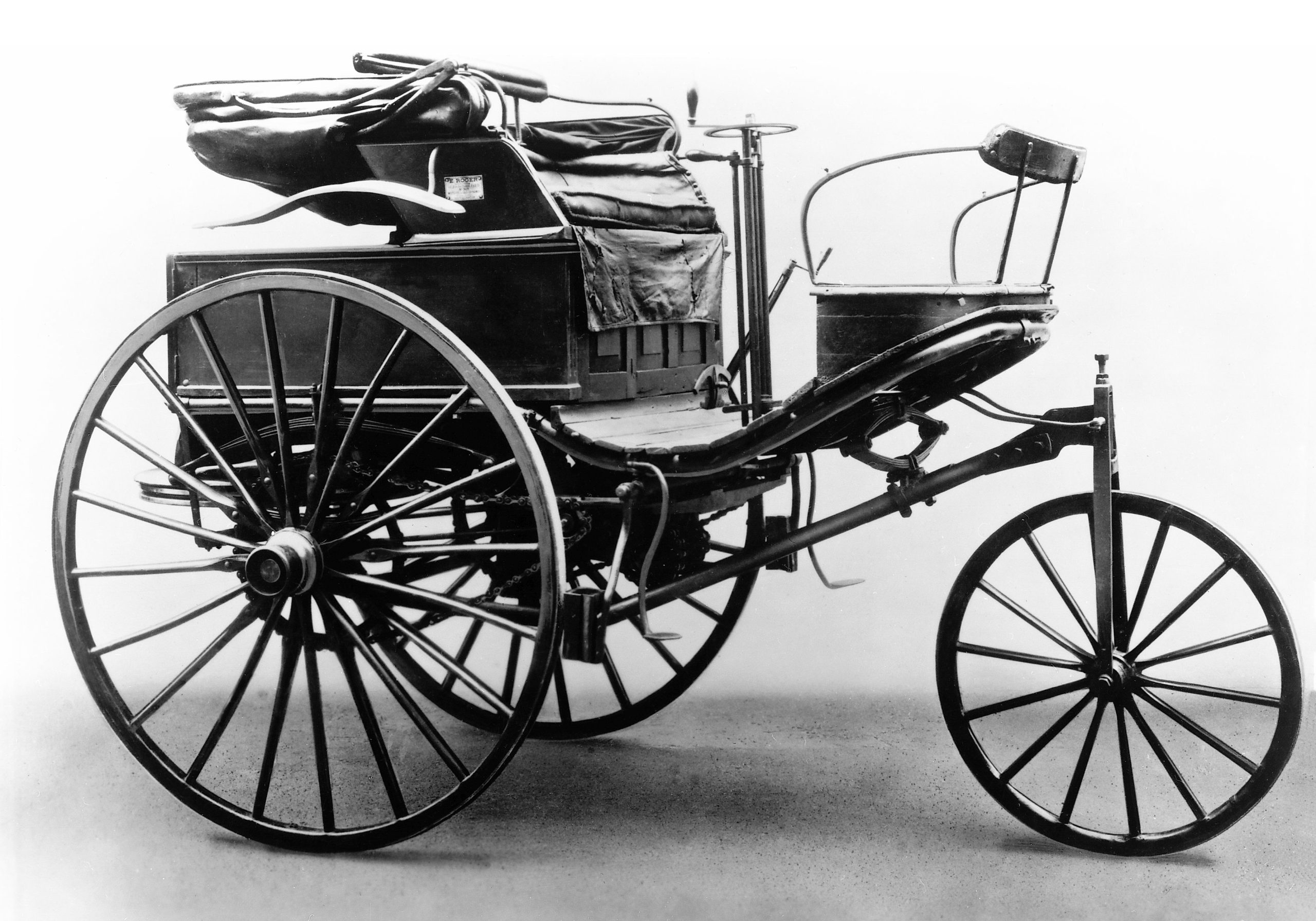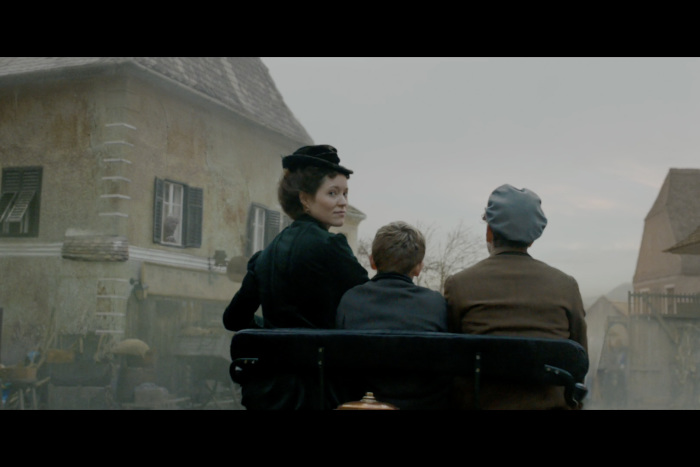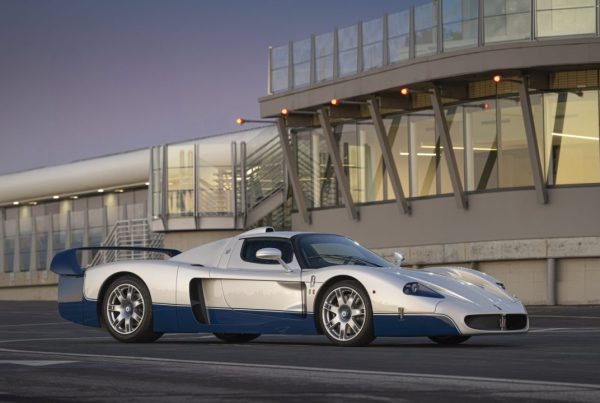The female gender of Bertha Benz almost seems secondary when considered next to the towering significance of her personal story, which continues to be remembered and shared with hallowed reverance among seasoned historians and passionate Mercedes-Benz collectors alike.
She was born on 3rd May 1849 to a wealthy Pforzheim carpentry family as the third of nine children, with her father further growing their fortunes by investing in real estate. Even from a young age at boarding school, she demonstrated an innate ambitious drive and deep fascination with that era’s technical innovations. Unfortunately that was a very different time almost 2 centuries ago now, and there was no permitted route to a higher education even with her family’s wealth.

In the grand scheme of things it didn’t really matter, as she almost seem predestined for greatness nonetheless. On 27th June 1869, she met the then 24 year old mechanical engineer Carl Benz at a social excursion by the Eintracht Club, and they quickly became smitten with one another when discovering their shared passion for innovative technological ideas. In 1870, she used a portion of her dowry to buy out Carl’s bad business partner, and they married not much later on 20th July 1872. Carl would later write, “In marrying, I was joined by an idealist who knew what she wanted in all things, from the insignificant to the weighty.”
Bertha quickly proved to be the solid foundation of their growing family, helping manage their finances and giving Carl the necessary encouragement when inevitable problems dampened his spirit. They continually pursued Karl’s dream of building the world’s first motorcar, and persevered through challenges to fire up their first two-stroke internal combustion engine on New Year’s Eve 1879.

Development work continued ,and by 1885 the first 3-wheeled Benz Patent-Motorwagen was completed before being patented and announced to the world in 1886. Even then, they continued to face obstacles: with Carl not being the best at marketing, initial acceptance and sales were slow, while competition was faced from Gottlieb Daimler. A skeptical press didn’t help matters, and even the church called their car ‘the work of the devil’.


Something had to be done to turn things around, and it was Bertha who hatched the daring plan of attempting a long distance road trip with the Motorwagen – something that no one else had tried before. It had to be done secretly in order to bypass the resistant authorities and legality issues, yet Bertha knew how important this moonshot was not only for publicity to demonstrate the vehicle’s commercial viability, but also to show Carl that their invention was worthy of changing the world.

At dawn on 5th August 1888, Bertha together with her sons Eugen and Richard drove the third Patent-Motorwagen 106 km (66 miles) from their home in Mannheim to visit her mother in Pforzheim. Averaging a 10 mph maximum speed on routes more optimized for horse carriages, the three-wheeler’s need for regular refills of its cooling water and meager 1.3 gallon fuel tank meant that frequent stops were needed. Legend has it that they stopped in the village of Wiesloch 20 miles from Mannheim, where Bertha bought out the Stadt-Apotheke pharmacy’s entire supply of Ligroin, the petroleum solvent needed to fuel their car. This essentially made that Apotheke the world’s first ever petrol station, a historical site that still remains recognised.
Other mechanical issues arose during this pioneering drive that enabled Bertha to demonstrate her technical prowess. She used her hat pin to clear a congested fuel line, and her garter to insulate a frayed ignition lead. In the trip’s later part she discovered that the Motorwagen’s wooden block brakes had worn out significantly. Stopping at a shoemaker in the next village, she asked him to tack leather patches to them as a functional friction material – thus inadvertently creating the world’s first brake linings. It all added up to a safe, successful arrival at her mother’s house in Pforzheim, which in turn meant changing the future of mobility by proving that their first car undoubtedly worked.

As a result of Bertha’s achievement, sales flourished and Benz & Cie. went on to become the period’s largest automotive company in the world; before merging with Daimler and Wilhelm Maybach’s company in 1926 to form Daimler-Benz, the historical precursor to today’s Mercedes-Benz Group AG.
Unfortunately, in the intervening years up to 1944, hyperinflation and the outbreak of the World Wars reduced meant a decline in Bertha’s fortune. Yet she remained dignified in living out her later years more modestly in the Ladenburg villa which she had shared with Carl up to his passing on 4th April 1929. Observing the negative effects of high unemployment rates, she told a journalist about her wish to have her books made available to a library so unemployed people could at least occupy their time with reading. Further reflecting her heart of optimism and resilience, in 1925 Carl had written in his memoirs that, “Only one person remained with me in the small ship of life when it seemed destined to sink. That was my wife. Bravely and resolutely she set the new sails of hope.”
In light of her significant lifetime achievements, the Technical University of Karlsruhe awarded her the title of Honorary Senator on 3rd May 1944, the day on which she turned 95. That’s not all: in 2016 she was inducted at last into the Automotive Hall of Fame as the First Female Automotive Pioneer. Reflecting on the momentous occasion, Bertha’s great-granddaughter Jutta Benz said, “My great grandmother always was of great importance to me. The role she played in making her husband’s invention become reality always used to be an important topic in our family. As the role of a wife was in the late 1800s, she also had to take care of the family, raise five children, do all the housekeeping, cooking etc. Thus, it was as twice as much she accomplished compared to a man. So if I may say so, it’s about time that Bertha Benz becomes inducted to the hall of fame – 32 years after Carl and 130 years after her achievements. For me personally it is of great satisfaction that my great grandmother is being honored now.”

Bertha’s historically significant groundbreaking route from Mannheim to Pforzheim was also officially commemorated in 2008, when the German government approved the Bertha Benz Memorial Route, a scenic tourist driving route following in the original journey’s tracks. Very few people indeed can claim to have lived lives that truly changed the world, but without Bertha Benz and her brilliantly driven mind, it’s probably safe to say that the birth of the automobile would have turned out very differently indeed. Whether with a Mercedes-Benz or otherwise, every time someone gets into their car today and sets out on a journey, they’re still carrying part of Bertha’s spirit with them.






















